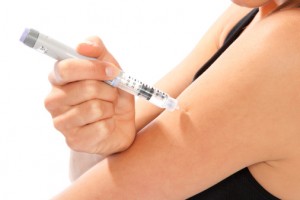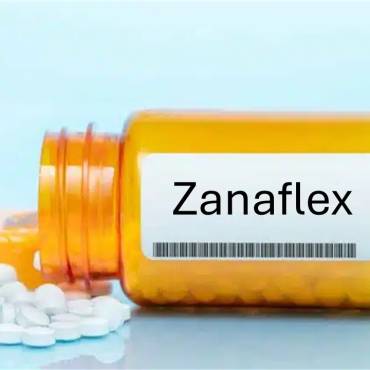Diabetes patients consume insulin to control their blood sugar levels. But taking too much of insulin can have a severe effect on a person’s health. An insulin overdose causes hypoglycemia, the signs of this are cold sweats, trembling hands, intense anxiety, and a sense of confusion. Hypoglycemia, a result of insulin overdose happens to many people with diabetes. It can be a very serious health issue. However, issues related to insulin can be avoided by simply following a few rules of precaution.
Avoid Mistakes
- You could inject too much insulin in your system because you simply misread the syringes or vials. This could happen when you start using a new product. Be sure to measure quantities.
- Mistakenly injecting the wrong type of insulin in your system is possible. For instance, you take 30 units of long-acting and 10 units of short-acting insulin. You can mistakenly inject 30 units of short-unit insulin instead of long-acting units.
- A major mistake of an insulin overdose is not eating after injecting insulin in your system. Both rapid-acting and short-acting insulin should be taken along with or before meals. As blood sugar levels rise after meals, your blood sugar levels could drop drastically if you take rapid-acting or short-acting insulin without eating.
- Injecting insulin in your arm or leg before an exercise routine. When you perform physical activities after injecting insulin, your blood sugar levels drop and affect the insulin absorption. You must inject in an area not affected by exercise.
Insulin Overdose Symptoms The symptoms of low blood sugar levels caused by an insulin overdose are: Anxiety, confusion, fatigue, sweating or clammy skin, irritability, extreme hunger, and also trembling hands. However, if your blood sugar levels continue to fall, you are bound to have serious complications. The complications could be experiencing seizures or even falling unconscious.
What are you to do during an insulin overdose
Stay calm when you have an insulin overdose. Do not panic, insulin overdose can get treated by you at home. As long as you are conscious, follow these simple steps;
- Check your blood sugar levels.
- Drink one-half cup of regular soda or even sweetened fruit juice. You can also eat hard candy or glucose paste, tablets, or gel.
- Eat something right away if you have skipped a meal. Normally 15 to 20 grams of carbohydrates raise your blood sugar level.
- Take a break, and more importantly rest.
- You must recheck your blood sugar level after 15 to 20 minutes. If the blood sugar levels are still low, take another 15-20 grams of sugar. Have a quick bite, if you can.
- For the next few hours, pay keen attention to how you feel. If you still experience symptoms, check your sugar again after an hour. Keep munching on snacks if your sugar is low.
- If it’s only for a short time, don’t try to push your sugar too high.
- If you are unconscious, confused, or having seizures, the people around you will help you. Let them know what to do in such a case.
Your family and friends should do the following:
If you are unconscious, they must immediately contact emergency services. When you are alert enough to follow instructions, they must give you a sweet juice to drink. However, if your symptoms still don’t improve over the next hour, they must call emergency services. They must inject you with an insulin antidote, glucagon. Ask your doctor if you need to keep a glucagon at home, if you are susceptible to low blood sugar.
How do you Prevent an Insulin Overdose
Insulin Overdose can be avoided by following the below instructions:
- Keep a stable schedule.
- Be sure to eat something during every mealtime. Even when you are not hungry, have a light snack, a glass of skim milk, or a small serving of fruit. You must never skip meals when you have taken insulin.
- You must be ready to accept that you might have insulin complications at some point of your life. Always carry hard candies in both yours and your spouse’s bag. Also keep hard candies in your car and the travel bag as well.
- Make sure your near and dear ones are aware of your usual signs and symptoms of hypoglycemia. They can act quickly if your blood sugar levels drop and make you confused.
Other Insulin Complications
Other insulin complications are caused due to not taking the required amount of insulin. This can result in extremely high blood sugar levels that causes one of two urgent medical conditions, which are:
- Diabetic ketoacidosis (DKA): Not having enough insulin in your system to absorb sugar, your body’s cells act like they have gotten starved. Then they will use other less efficient sources of energy, which leads to a dangerous build-up of acids.
- Hyperosmolar Hyperglycemic Nonketotic Syndrome (HHNS): Your blood sugar levels can reach more than 600 in HHNS. HHNS can cause severe dehydration in a patient and can also be life-threatening.
Once one of the complications occurs, the patient may require to be hospitalized for treatment. To avoid any such situation, the patient must follow the simple rules mentioned in the article. These simple tips can save your life and keep you healthy.
Related article: 10 Common Diabetes Myths Busted!



